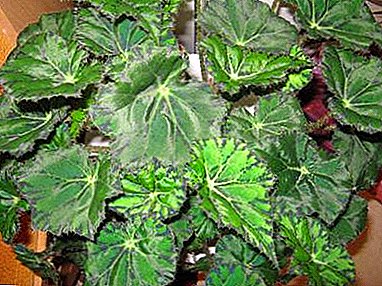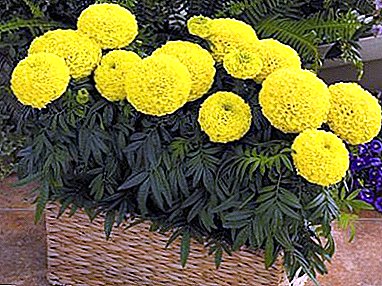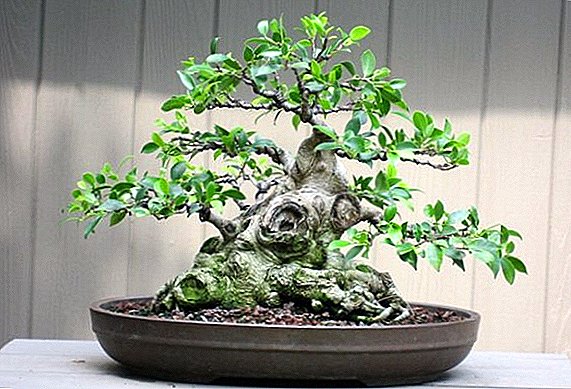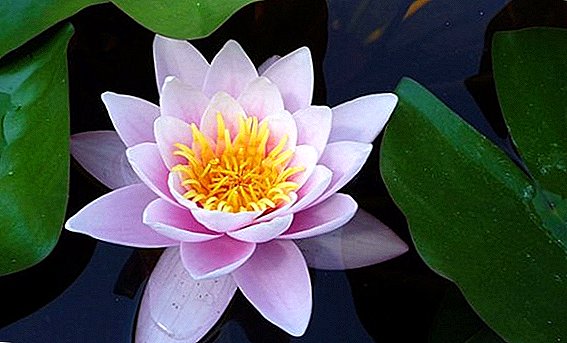 How many beautiful plants exist in the world. Sometimes it captures the spirit of the beauty and splendor of various colors and I want to grow a greenhouse near myself to watch this miracle of nature every day. If you have ever caught yourself with such thoughts, then you will be interested to learn about such a plant as nymphea or a more familiar name for us - water lily, because it really deserves attention.
How many beautiful plants exist in the world. Sometimes it captures the spirit of the beauty and splendor of various colors and I want to grow a greenhouse near myself to watch this miracle of nature every day. If you have ever caught yourself with such thoughts, then you will be interested to learn about such a plant as nymphea or a more familiar name for us - water lily, because it really deserves attention.
Gender description
The water-lily (nymphaea) is a genus of perennial aquatic plants of the family Nymphaeaceae. The plant has large leaves and flowers floating on the surface of the water.
Did you know? It was a naturalist from Sweden, Karl Linnaeus, who discovered this aquatic plant and, impressed by extremely beautiful flowers, called this genus of water lilies as the poetic name "Nymphaea".It grows all over the world, most often occurs in temperate and tropical zones in reservoirs with a calm flow. It has powerful long rhizomes, from which roots-anchors grow, which hold the nymph in the soil, and leaves and flowers grow above.
 This plant loves light, blooms from May until the arrival of the first frost. Flowers have many shades: white, blue, blue, pink, cream, yellow.
This plant loves light, blooms from May until the arrival of the first frost. Flowers have many shades: white, blue, blue, pink, cream, yellow.All water lilies are amphibians: they grow both on land and in water. Reproduction occurs vegetatively with the help of rhizomes, as well as seed method. After pollination, the flowers fall into the water and then turn into a berry-like fruit.
As well as nymphea, streptocarpus, plumeria, adenium, dieffenbachia, mimulus, statice multiply in the seed way.A lot of small seeds ripen there, which after ripening, the fruit floats to the top and is picked up by the flow.
Pabout the morphological features of the root system, the water lily is divided into four groups:
- rhizomatous;
- tuberous;
- conditionally rhizomatous;
- conditionally stolon.

Rhizomatous
Rhizoma group has a strong rhizome and gives shoots along its entire length.
Important! The rhizo group is cold-resistant enough to grow in winter on open ponds.Given these properties, various hybrids have been created that are suitable for a temperate climate. They are divided into small and large species.
Small
Small species include water lilies of such varieties:
- Tetrahedral. Grows in the north in the middle of Siberia. It is much smaller than the previous species. The leaves can reach a size of 8 cm, and flowers - 5 cm.

- Snow white. It grows in the middle part of Russia. It has a different form of leaves and smaller flowers with a diameter of 12 cm, with a stronger aroma.
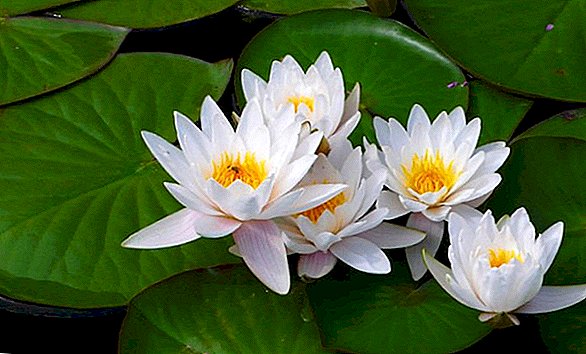
- Orange Water Lily (Aurora), having petals of the pointed form. At first the flowers are yellow, and then darken to red.

- Yellow Sunrise. It is one of the best options for breeding. The Australian Moorei, which does not bloom so much, also belongs to this species.

- Red Rose (Pygmaea Rubra) and Pale Pink (Marliacea Rosea)having very beautiful delicate flowers.

- Fragrant, which has a very strong aroma. The name speaks for itself. Flowers grow in diameter up to 15 centimeters, and the leaves have a bright green color.

Large
Large plants with flowers with a diameter of not less than 15 cm, and their leaves can reach an area of 2 meters square.
These include:
- White water lily.

- Water Lily Golden Bowl. Blossoms bright large flowers, very abundant.
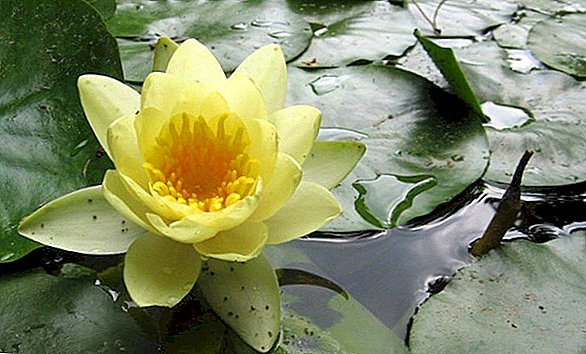
- Red Escarboucle with very beautiful flowers reaching a size of 30 cm.
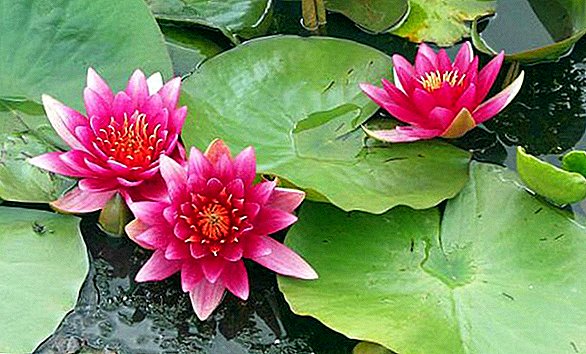
- Tuberiferous, which has large white flowers with horizontal rhizomes and tuberous growths growing on them. It is grown in water with a depth of at least 1 meter.
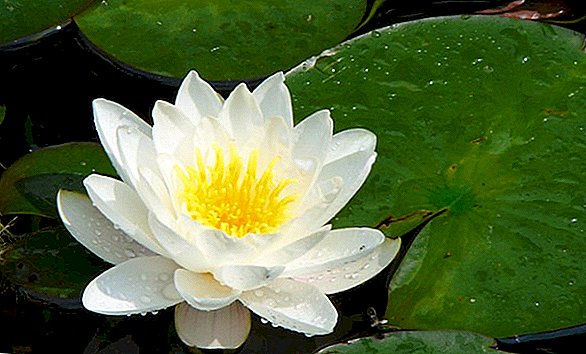
Tuberous
Tuberous species at the site of growth of new plants create tubers.
Important! Tuberous, conditionally rhizomatous and conditionally stolon are not frost-resistant, therefore they should be removed from the soil during the cold season.This type of nymph has many varieties:
- Nymphaea blue.

- Red waterlily.
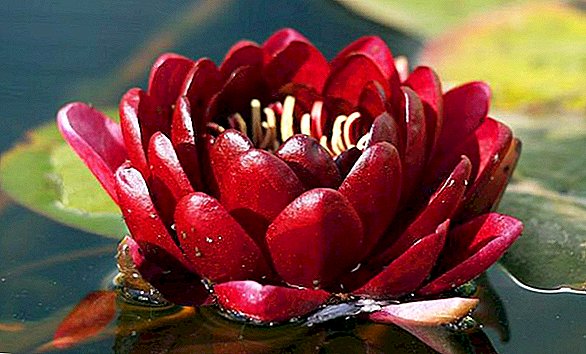
- CapeThe flowers have a purple-blue tint.
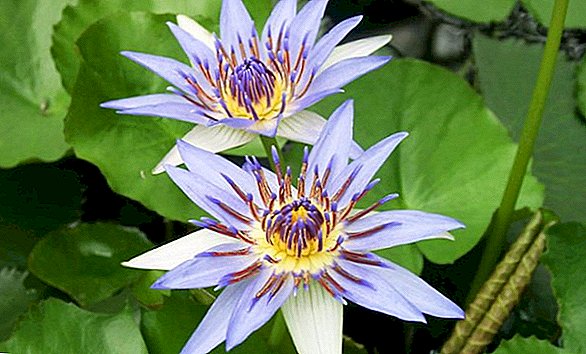
- Tiger water lily or Egyptian lottoc.
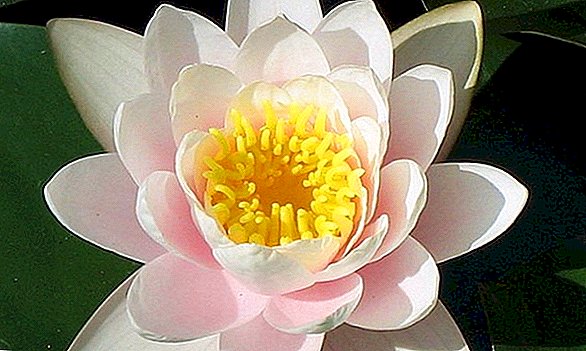
- White, has unusual speckled leaves.

Based on the above types of hybrids were created:
- White Water Lily Tigroides.
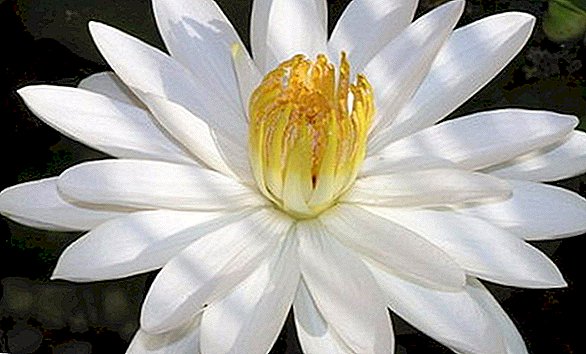
- Pink waterlily James Gurney.
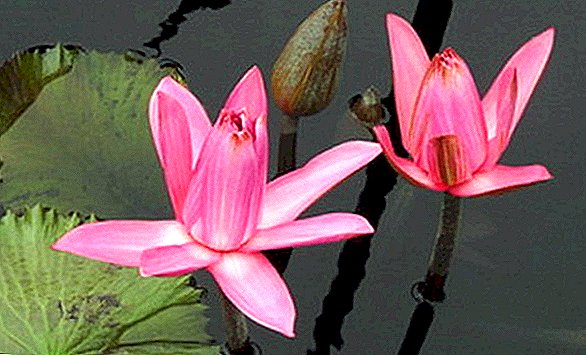
- Lilac Midnight.
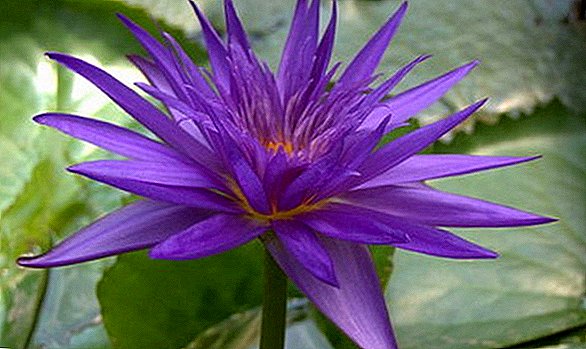
Conditionally rhizomatous
Important! Conditionally rhizomatous species have one feature: in nature, they multiply only with the help of seeds.These include such species:
- Small-flowered nymphea.

- Daubeniana Hort blue and purple King of the Blues.
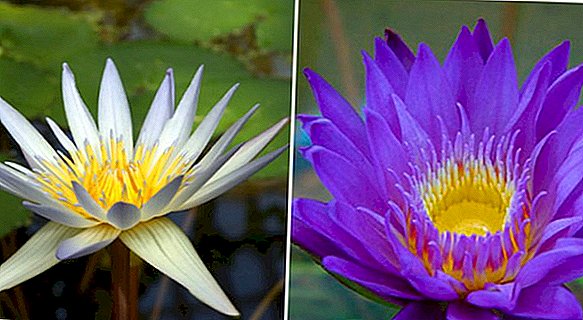
Conditionally stolonny
Tropical plants belong to this species, from their parent rhizomes growing down shoots grow, at the ends of which new tubers sprout. In the spring season, stolons emerge from them, forming new plants.
You will be interested to get acquainted with such tropical plants: Cordilina, Feijoa, Nepentes, Aglaonema, Alokaziya, Guzmaniya, Monstera.The representative is the Mexican water lily. She has a hybrid Sulphurea, which is grown exclusively in places with warm climates.
Did you know? The largest flowering plant is the Victoria Amazoniya or Victoria Regia water lily with giant leaves reaching 3 meters and large water flowers reaching a size of 35 cm. The plant blooms once a year for two days, with flowers only emerging at night days. Another interesting point is that the color of the petals is constantly changing, acquiring a variety of shades.In conclusion, it is worth noting that the water lily or nymph is a fabulous plant with extraordinarily beautiful flowers. When you look at it, it seems as if a frog is now jumping out of a flower and turning into a beautiful princess or prince. This plant will be an excellent decoration of any decorative pond or reservoir.
























